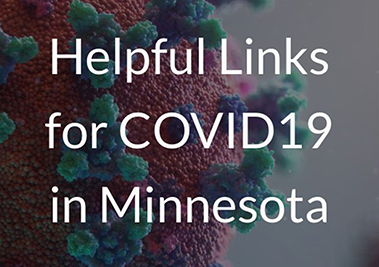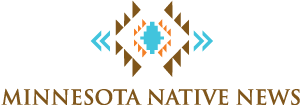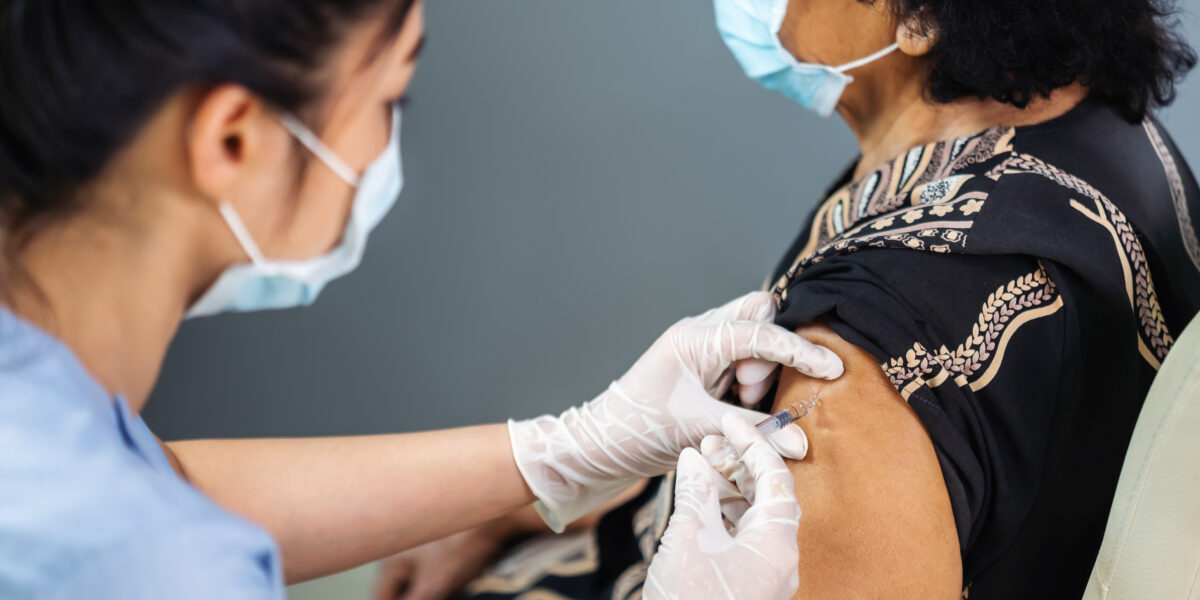This week on the Minnesota Native News health report, the COVID-19 booster shot in Indian Country and who can get it. Reporter Dalton Walker explains in this week’s story.
The COVID-19 booster shot is available with some important caveats
Only those that received both doses of the Pfizer vaccine will be eligible to receive the booster shot once six months have passed since their second dose.
The research is still out for Moderna, a similar two dose vaccine, and the single dose Janssen vaccine. Decisions are still to come. The CDC does not recommend mixing and matching the vaccines.
Additional caveats, at least for now, are that you must be 65 and older, or have underlying health problems, or at risk due to work or living situations.
Melissa Wentz Opsahl is a COVID-19 specialist with the Bemidji Area Indian Health Service. She is a longtime pharmacist and has more than 27 years of service with IHS. She said people eligible should get the booster.
“Well, it’s important to get this third shot to ensure that they continue to maintain their protection against severe disease, hospitalization and death as a result of COVID-19 disease,” said Wentz Opsahl.
More than 130,000 doses have been administered under the Bemidji Area office since the vaccine became available. Minnesota, Wisconsin, Michigan, Illinois and a section of Indiana fall under the Bemidji Area Office.
IHS serves 2.6 million patients in 37 states. It has administered 1.6 million doses as of Sept. 27.
Side effects to the booster shot are similar to the first two doses, according to the CDC. Possible side effects include a fever and a headache.
Wentz Opsahl said the age group with the lowest vaccine rate is 12 to 17, but stressed that is related to the age range being the latest group to be approved.
IHS is following the FDA and CDC guidelines to get the message out for people to get the booster.
“We are very happy to report that overall American Indians and Alaska Natives have the highest vaccination rates throughout the United States. And partially some of that is attributed to is the understanding that because our Native population was at high risk for the disease we were able to access the vaccine early on and the peak of vaccinations occurred quite a bit sooner than the general U.S population. So we are very dedicated to our patient population in ensuring that they have access to this very highly effective vaccine,” said Wentz Opsahl.
Be sure to talk with your healthcare provider for the latest eligibility information.
Certain people with weakened immune systems had already been authorized for a third dose.
Minnesota recently passed 700,000 total positive coronavirus cases since the start of the pandemic, according to the state Department of Health. More than 8,000 Minnesotans have lost their lives to the virus.
We’ll hear more from Wentz Opsahl on potential vaccines for children younger than 12 in a future episode.
For Minnesota Native News health report, I’m Dalton Walker.



 Rob Pero’s Gift for Entrepreneurship, Media, and Marketing
Rob Pero’s Gift for Entrepreneurship, Media, and Marketing